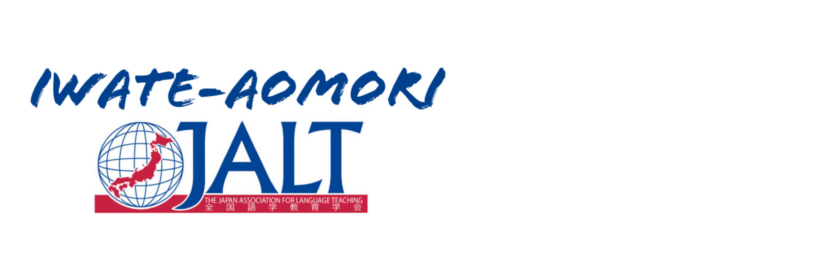Location: AIINA, ROOM 817
Date December 14, 2014
Time: From 1:30pm – 4:30pm(13:30-16:30)
Cost: Free for JALT members. ¥1000 for non-members. ¥500 for full-time students.
Contact: iwatejalt@hotmail.com phone/fax: 019-663-3132
Abstract
Many Japanese students learning English do not develop language skills naturally. This includes reading. Students often focus on too many reading tasks at the same time so they do not comprehend what they read. As a result, it’s important they reach automaticity in order to read at full comprehension. Dubin and Bycina (1991) state that reading at a rate of 200 words per minute is necessary for full comprehension. Not only will students begin to understand what they read, it makes the task of reading much more enjoyable.
This might explain why the vast majority of my students self admit to never having read a book written in English from cover to cover. The act of reading becomes too laborious making them want to give up. Students can be taught to read faster by reading in “chunks”, or having the ability to see multiple words at the same time. This quantitative study will examine if teaching students to read in “chunks” will significantly improve their reading rate over the course of one semester. Participants are students at Akita International University enrolled in advanced level Reading. Students will be given a pre-test, followed by weekly practice of reading in chunks and timing their reading rate to determine progression, and conclude with a post-test at the end of the term. It is hypothesized students’ reading rates will be significantly higher during post-test results compared to pre-test results. Understanding the concept of automaticity will assist teachers in orchestrating a successful reading class.
Brief Bio:
Bryan Hahn
Lecturer, AIU (Two years), EAP Dept.
Also taught at unis in Korea and in the public and private sector in Los Angeles.
B.A. Journalism
12 years as a Reporter for various news networks
M.A. TESL
10 years teaching experience





